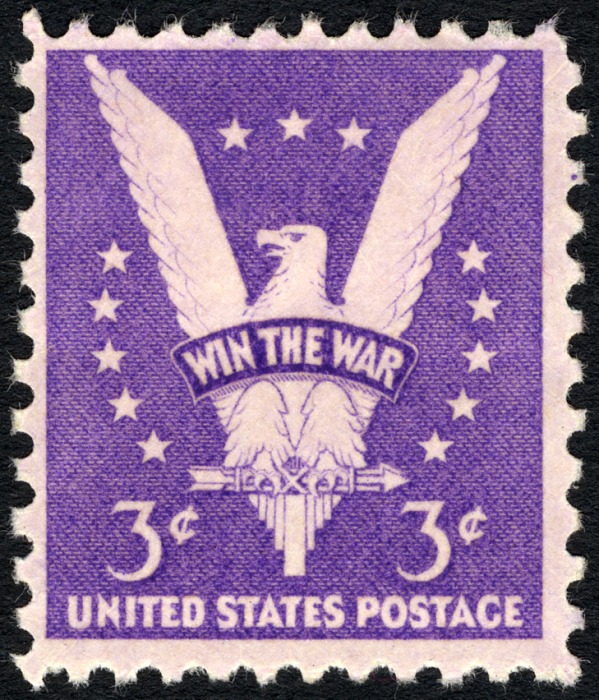Being unimportant might have been an asset during the years when villages were sometimes considered part of one nation or empire and then became part of another nation or empire later as a result of war or political shenanigans. Religious beliefs played a role as well. Then there was the matter of not being eager to lose sons to military service. I can understand why my ancestors might not have wanted to be very visible. But I still hope I'll get a glimpse of their lives and aspirations through my research.
Even ancestors who lived in this country in this century are sometimes partially hidden because they weren't "anybodies." This week I got the marriage certificate of a relative who came to the US just after the turn of the 20th century and got married in the Cherry Street Synagogue in Bridgeport, CT, a place that no longer exists.
According to the certificate, Sam Schwartz worked in a factory at the time of his marriage. Wonder whether the factory is still there? Wonder how Sam met his future wife, Anna Gelbman? I know he later opened a grocery store with another relative in Astoria, NY. But how and why did he get to Bridgeport? What did Anna think of moving away from her family? I'm still trying to puzzle out these ancestors' movements, let alone their motivations. Hidden in plain sight?
2022 update: Link to Cherry Street Synagogue added. And I don't know actual answer to why Sam chose to go to Bridgeport when he arrived in America from his native Ungvar, Hungary--but I suspect it has to do with availability of jobs for men with his skill (he was a printer).


